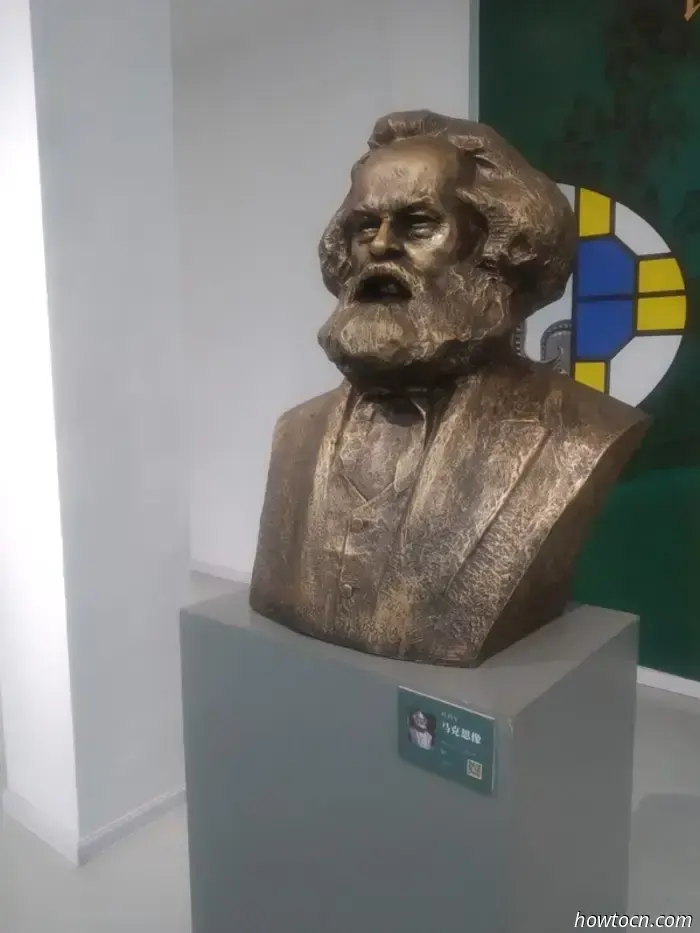
Gazing at the impressive temple at the base of the Songshan Mountain range in Henan province, southeast of Luoyang, I finally found myself in a place I had yearned to visit for many years. I was captivated by the iconic Shaolin temple, the residence of the renowned Indian monk Bodhidharma, who is recognized as the founder of Zen Buddhism and Kung Fu martial arts. The temple's historical architectural complex, noted for its exceptional aesthetic appeal and rich cultural significance, is listed as a UNESCO World Heritage site. After conducting my usual photographic exploration of the temple, I settled in front of a statue of Bodhidharma and immersed myself in profound meditation. As a practitioner of transcendental meditation, I found it easy to enter a state of dhyana, despite occasional tourists walking around the temple, which is primarily recognized by the public as the birthplace of Kung Fu martial arts. My personal connection to this temple, shared with many fellow individuals from my home state of Tamil Nadu in India, stems from the legendary Bodhidharma, who arrived from Kanchipuram in 520 AD to spread Mahayana Buddhism in China. He resided in the Shaolin temple for nine years, and I intend to share his story as recounted by Tsutomu Kambe, a former professor of physics at the University of Tokyo, from his book 'Bodhi Dharma and the Oceanic Silk Road.' I have long wished to write about the remarkable Bodhidharma for my blog readers ever since I first visited these regions in 2003. Buddhism was introduced to China approximately 2,000 years ago, with reports of a community of Buddhist monks living under royal patronage in northern Kiangsu Province as early as A.D. 65, near Confucius' birthplace. Since then, countless Indian and Central Asian monks have traveled to China by land and sea, but none have made as significant an impact on the introduction of Buddhist teachings as Bodhidharma. Bodhidharma was born around 440 in Kanchi, the capital of the Southern Indian Pallava kingdom, as the third son of King Simhavarman. Although the Pallavas were followers of Hinduism—engaging in Vedic rituals like the Aswamedha sacrifice—they were generally tolerant of other religions, particularly Buddhism. In his book, Tsutomu Kambe has conducted remarkable research to establish Kanchipuram as the birthplace of Bodhidharma. In 2007, his findings indicated that documents published shortly after the Tang dynasty (which ended in 907) describe the kingdom's name with the two Chinese characters "香至". This Chinese term 香至 translates to “fragrance extreme” and is pronounced as Kang-Zhi. By examining various texts, Tsutomu Kambe discovered that香至 corresponded to Kanchipuram, an ancient city in Tamil Nadu. The Chinese monk Xuanzang, who visited Kanchipuram during Narasimha Varman I’s reign (630-688 AD), noted the presence of one hundred Buddhist monasteries and eighty Hindu temples there. As a young man, Bodhidharma, originally named Bodhi Tara, received guidance in Dharma philosophy from the Buddhist scholar Prajnatara, who had been invited by his father from the ancient Buddhist region of Magadha. It was Prajnatara who encouraged Bodhidharma to journey to China. Due to the Huns blocking traditional overland routes and leveraging the Pallavas' commercial relationships throughout Southeast Asia, Bodhidharma departed via ship from the nearby port of Mamallapuram (present-day Mahabalipuram). After navigating along the Indian coast and the Malay Peninsula for three years, utilizing the monsoon winds for navigation, he eventually reached Southern China around 475. During this time, China was divided into the Northern Wei and Liu Sung dynasties. This division, which began in the early third century and persisted until the Sui dynasty reunified the country in the late sixth century, marked a transformative era where Indian Buddhism began developing into Chinese Buddhism. The militaristic northerners placed emphasis on meditation and magic, while the more intellectual southerners favored philosophical dialogue and intuitive understanding. Once Bodhidharma arrived at the port of Nanhai in the Pearl River Delta (Guangdong province), he visited various Buddhist centers in the South and started to learn Chinese. He later crossed the Yangtze River and settled near the Northern Wei capital of Pingcheng, which is now well-known for the Datong caves I had previously visited. In 494, after Emperor Hsiao-wen relocated his capital to Luoyang across the Lo River, most monks from the Pingcheng area also moved, including Bodhidharma. Subsequently, in 496, the emperor commissioned the construction of Shaolin Temple on Mount Song in Hunan Province, southeast of Luoyang. This temple, which still exists today (although it has become a tourist












29.03.2025 - 29.04.2025 18 °C

Yesterday was a lengthy day for Michael as he "sang for his supper," and I accompanied him as his wife. We were grateful to be picked up around 10 am, especially since we didn't get home the night we arrived until after 1 am! Our first stop was a new research institute linked to the university and the hospital, designed to support both basic and clinical research with dedicated buildings for cancer, neurological/mental health, and cardiovascular studies, among others. The complex is stunning and situated on the outskirts of the city. We had lunch there with prominent professors and staff before proceeding to the hospital, where Michael engaged with a group of psychiatry graduate students working with our host, Xiandong Tang. Each student presented a brief PowerPoint on their current research, and Michael offered both encouragement and constructive feedback to help them enhance their projects. By 4:30 pm, it was time for his lecture in front of a packed audience mostly composed of psychiatrists and graduate students. Interestingly, the majority were female, with only a few men present. As always, Michael was brilliant and alert, while I, on the other hand, was clearly feeling the effects of jet lag but pushed through!

15.03.2025 - 15.03.2025

05.04.2025 - 05.04.2025 20 degrees Celsius

Nearly every weekend was filled with an exam. There were entrance exams for international high schools, PE assessments for middle school graduates (which my daughter excelled in, scoring full marks in all), and mock exams for subjects like English, Chemistry, and Physics, among others.
Gazing at the stunning temple nestled at the base of the Songshan Mountain range in Henan province, southeast of Luoyang, I had finally reached a destination I had dreamed of visiting for many years. I found myself captivated by the legendary Shaolin temple, renowned as the residence of the esteemed Indian monk Bodhidharma, who is recognized as the founder of Zen Buddhism and Kung Fu martial arts. The temple's historical architectural complex, notable for its remarkable aesthetic appeal and deep cultural significance, is listed as a UNESCO World Heritage site. After capturing my usual photographs of the temple, I settled in front of a statue of Bodhidharma and entered a state of deep meditation. As a practitioner of transcendental meditation, it was easy for me to transition into dhyana, despite the occasional noise from tourists wandering around the temple, primarily known to the general public as the birthplace of Kung Fu. My personal connection to this temple, shared with many of my fellow natives from my home state of Tamil Nadu, India, is through the great Bodhidharma, who journeyed from our city of Kanchipuram in 520 AD to promote Mahayana Buddhism in China. He spent nine years residing in the Shaolin temple, and I plan to share his story as recounted by Tsutomu Kambe, a former Physics Professor at the University of Tokyo, in his book 'Bodhi Dharma and Oceanic Silk Road.' I have long desired to write about the remarkable Bodhidharma for my blog readers ever since my visit to this region in 2003.